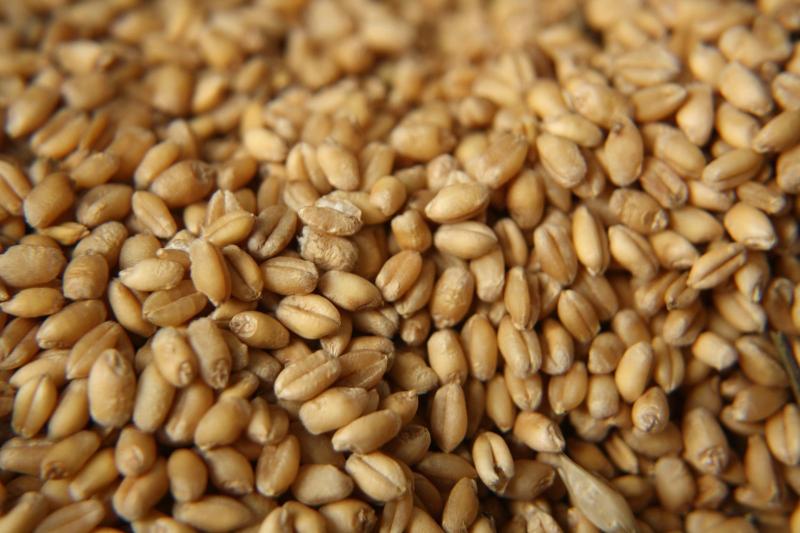
American agronomist Jeanne Falk Jones at the Kansas Wheat Growers Association portal, answered the question of how to increase the protein content of wheat grains, World of NAN reports.
First, it's important to understand how exactly does protein get into wheat grain. Protein is the main element of the developing grain. It is used to form the outer structures of the wheat grain and nucleus. Protein is formed from nitrogen transported from the leaves and stems of the plant. The second thing that is added is carbohydrates. They move into the starchy region of the wheat grain (the endosperm). This part nourishes the developing plant after it germinates and before the roots begin to function.
Most of the protein, more than half, is deposited in the developing grain very early in the filling process, in the first 20 days after blossoming. After the initial structures are formed, carbohydrates begin to be deposited in the grain. Then, if the plant is not stressed by weather/diseases/etc. during grain filling, the plant will continue to add carbohydrates to the endosperm of the developing seed. The extra carbohydrates during the good grain filling period is what gives extra weight to the wheat grains, resulting in higher yields.
Protein, on the other hand, as measured at the grain elevator, is the percentage in the grain. If you have high yields, you probably have more carbohydrates in the grain. This causes a smaller percentage of the grain to have protein. If the crop is relatively low, (probably due to plant stress), the grain contains fewer carbohydrates and a higher percentage of protein.
The percentage of protein in the wheat grain may depend on your fertilizer program. Timely nitrogen fertilization helps minimize nitrogen stress and leads to higher protein content (and many times higher yields).
"In general, Mother Nature is an important determinant of the protein content of our wheat. Stress during grain filling does have a big impact on yields and protein percentages. But the farmer can play a role in determining protein percentage with nitrogen supplementation before and during the growing season. Finally, varietal characteristics also have a place, but in many cases, weather and management of the nutrient system are more important determinants," concluded the agronomist.



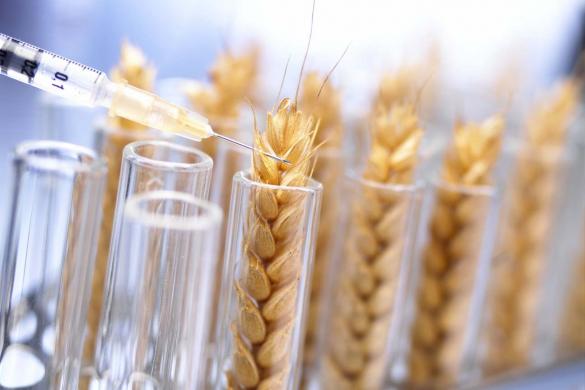
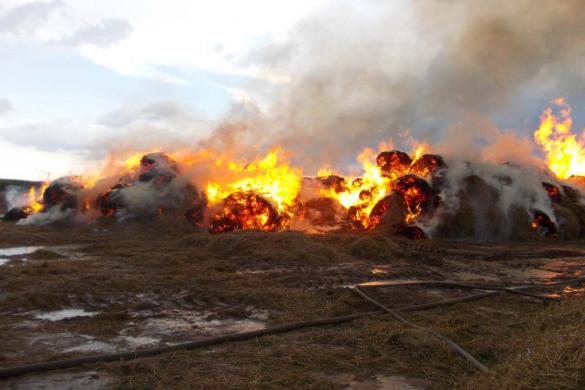
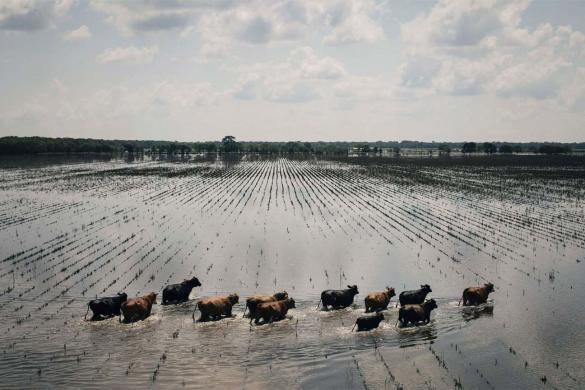












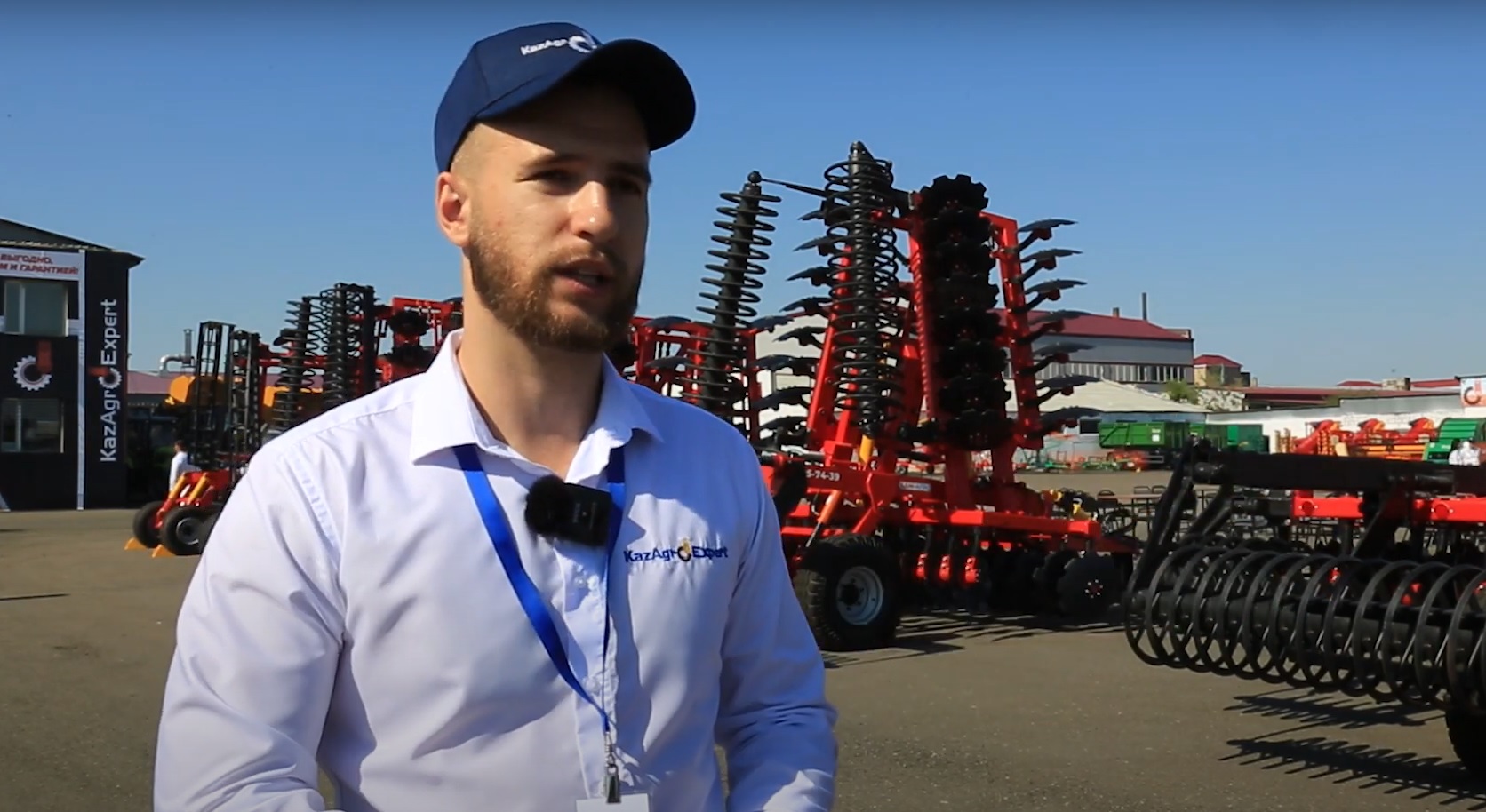


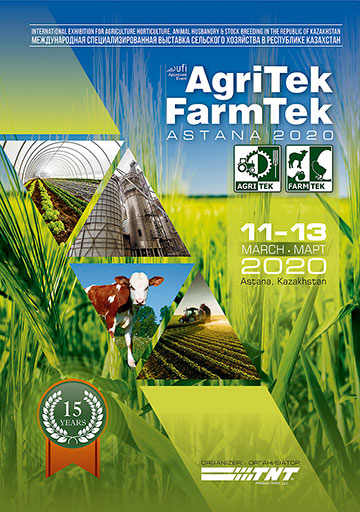










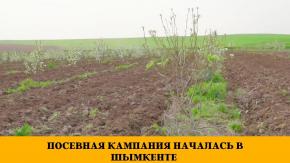





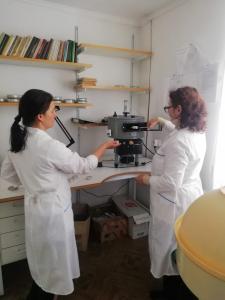
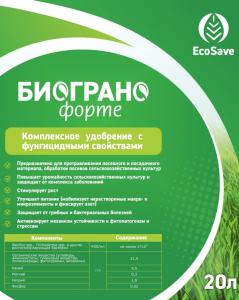
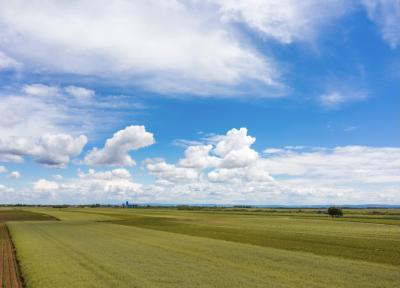
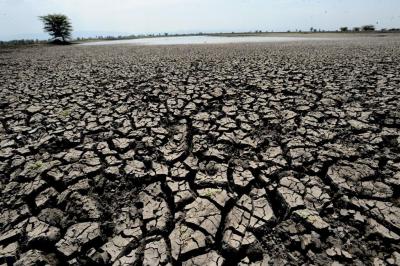
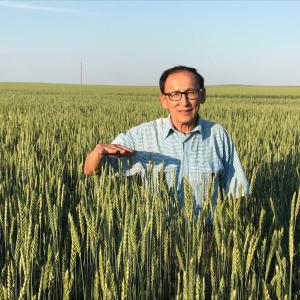
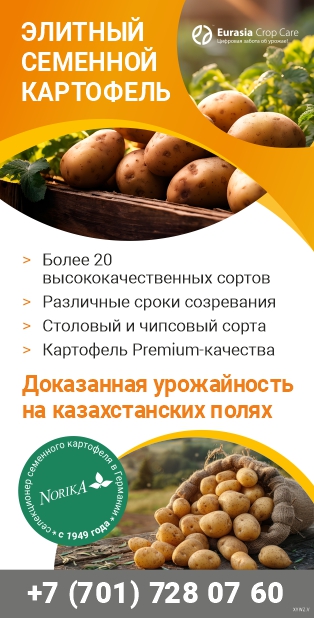

Обсуждение